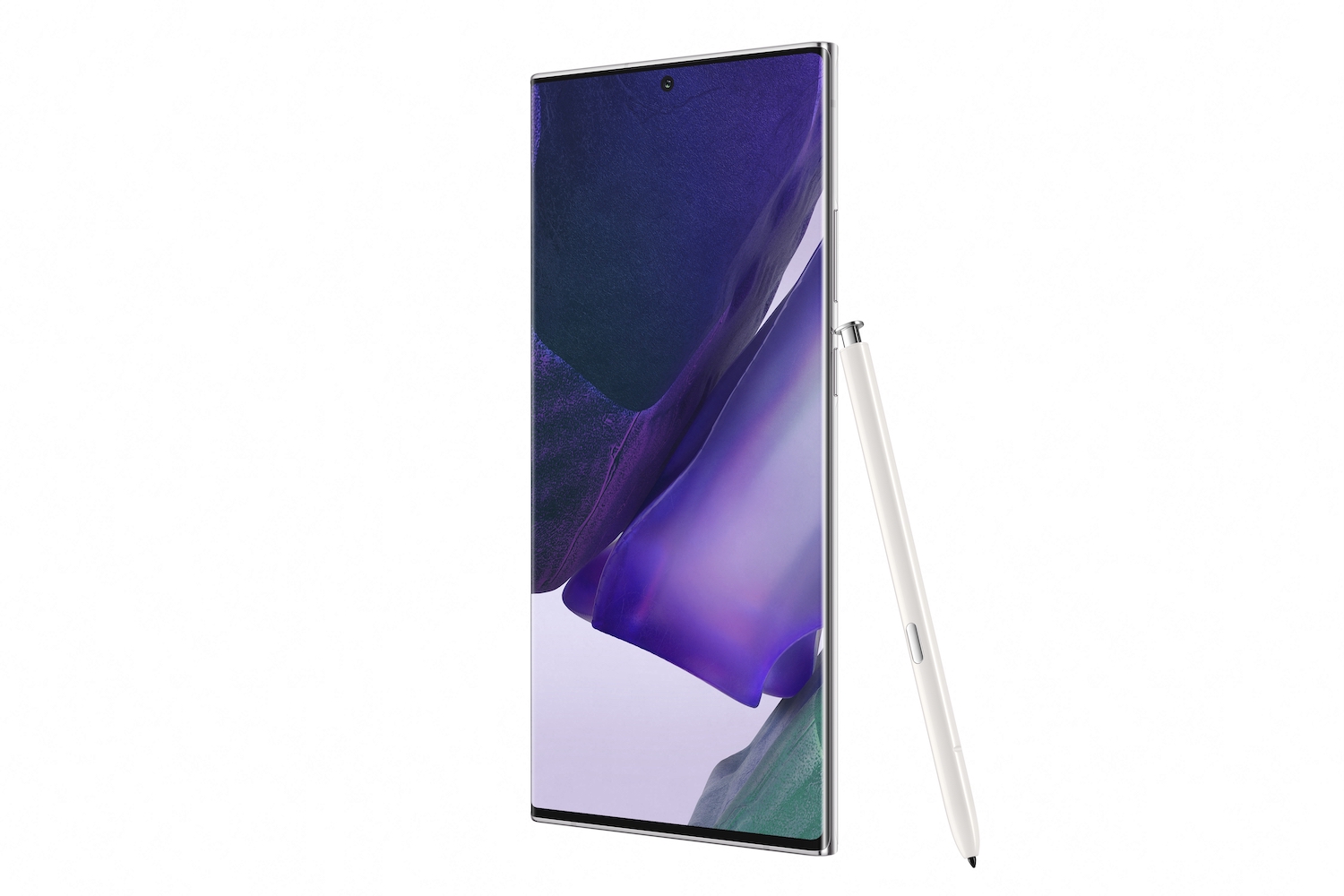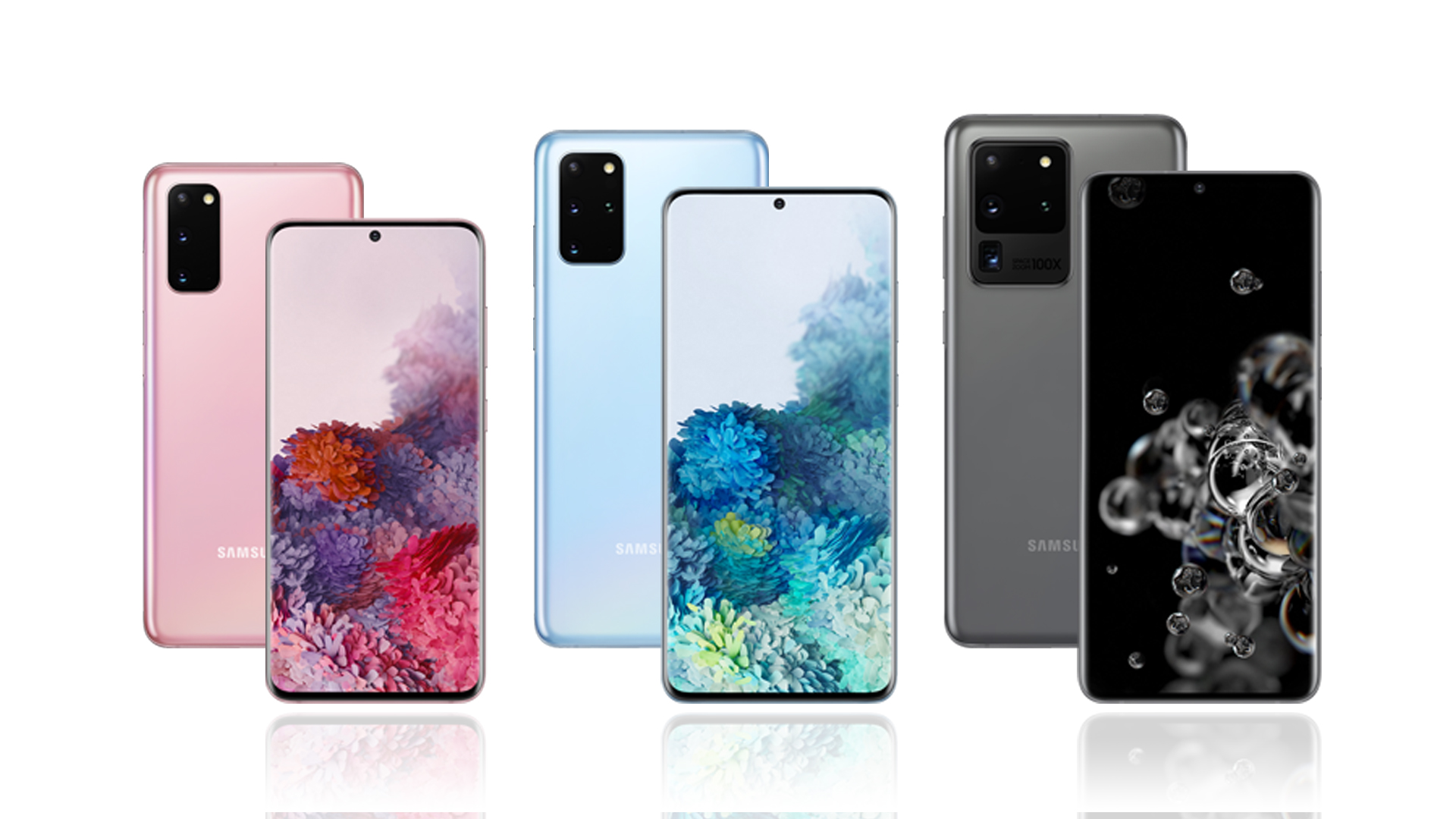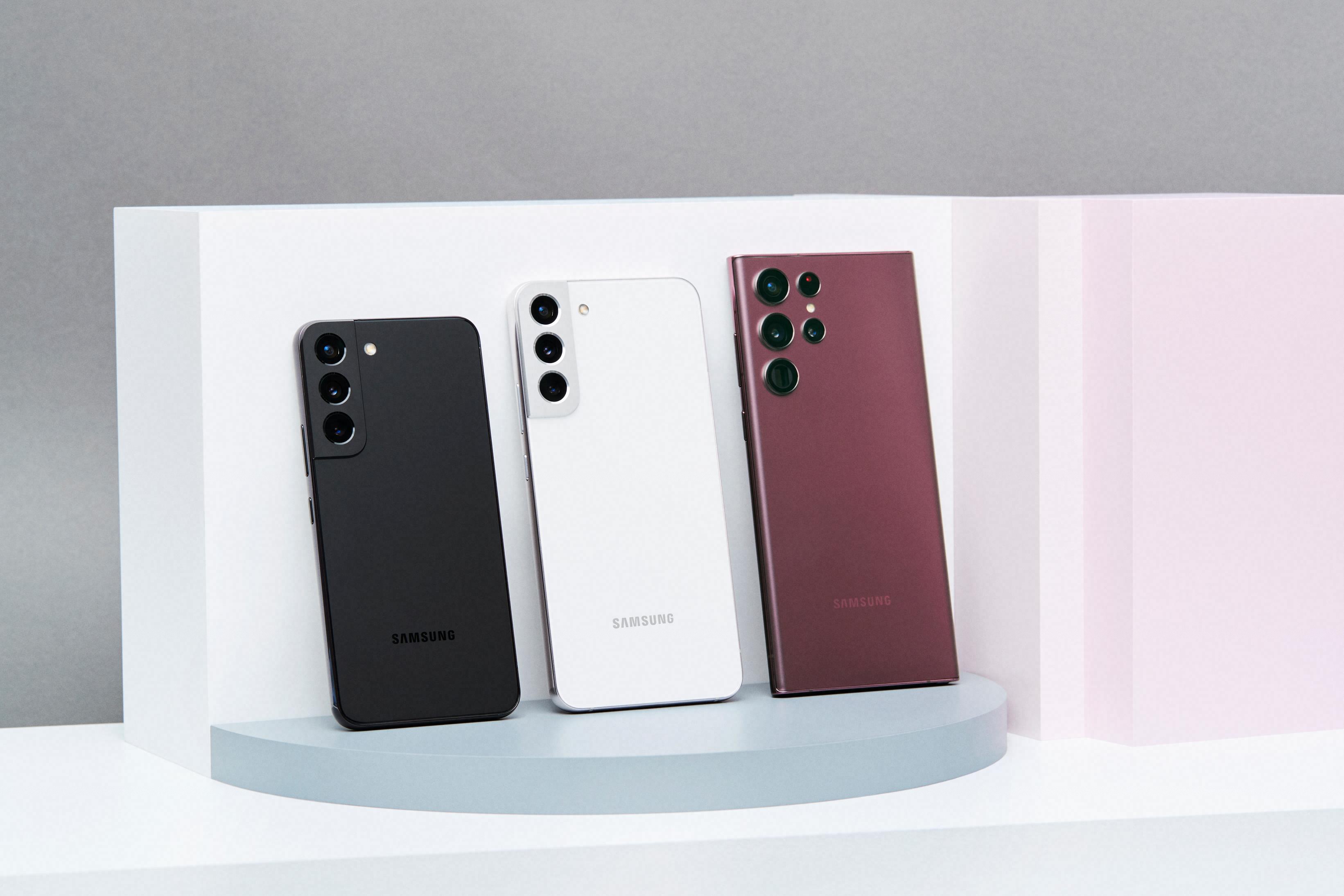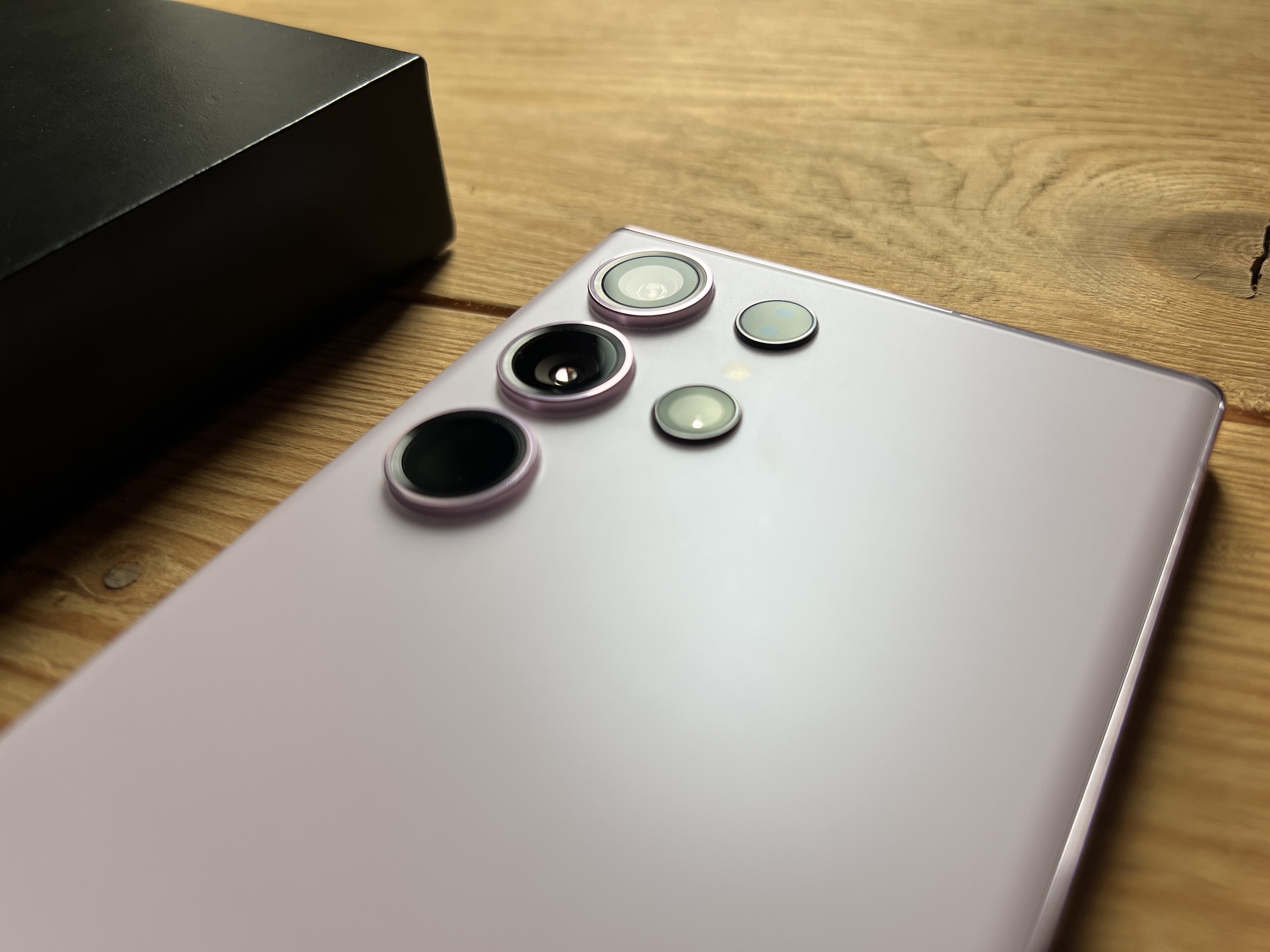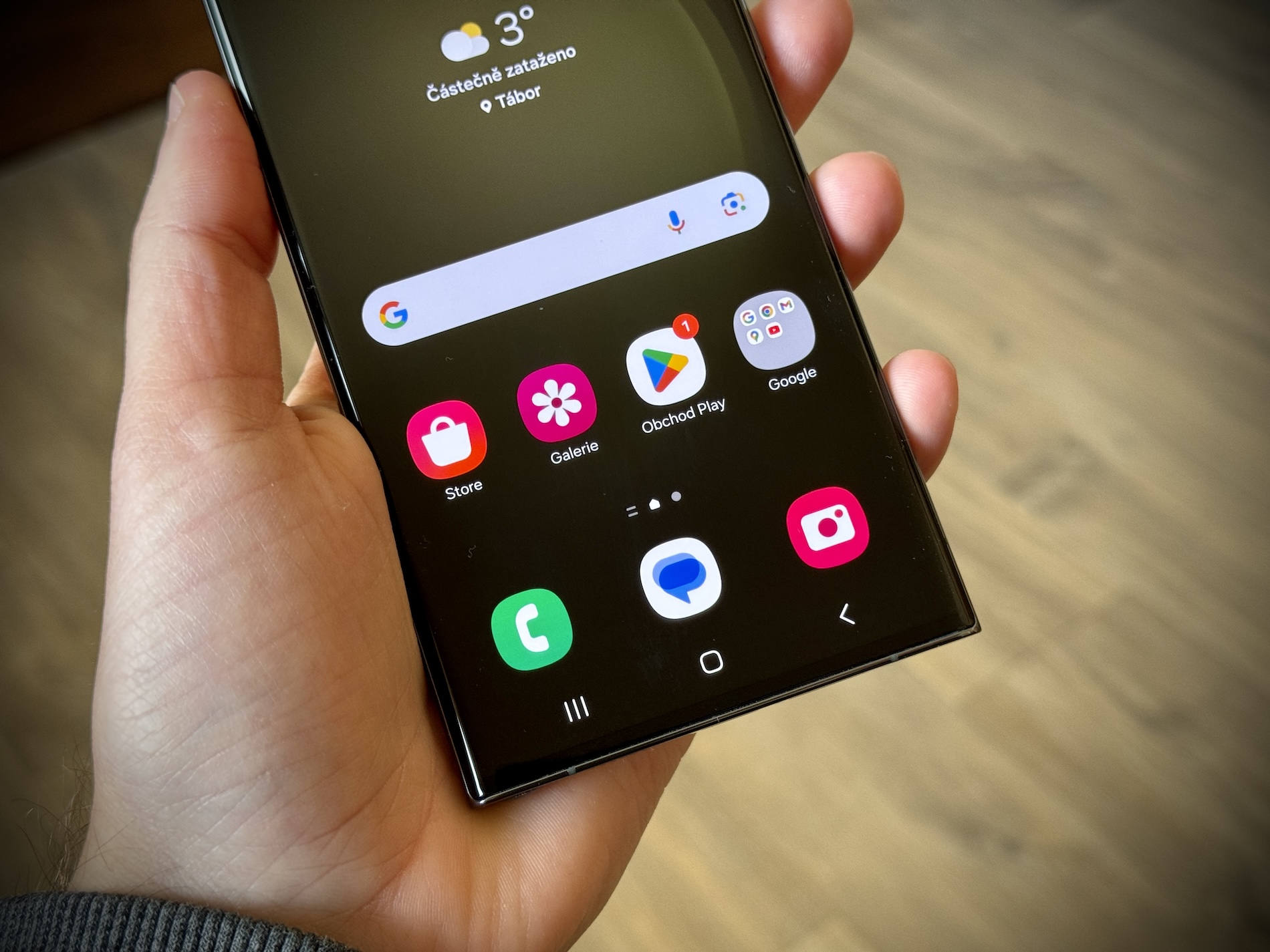Smartphone series Galaxy S20 along with the model Galaxy Note 20 Ultra are similarly equipped with displays with a refresh rate of 120Hz. However, the way in which they achieve this frequency is quite different for both types of models. Like smartphones Galaxy S20, so i Galaxy Note 20 Ultra are equipped with Super AMOLED displays, newer Galaxy However, the Note 20 Ultra also offers the possibility to change the refresh rate of the display for better energy management, with the help of LTPO technology.
You could be interested in
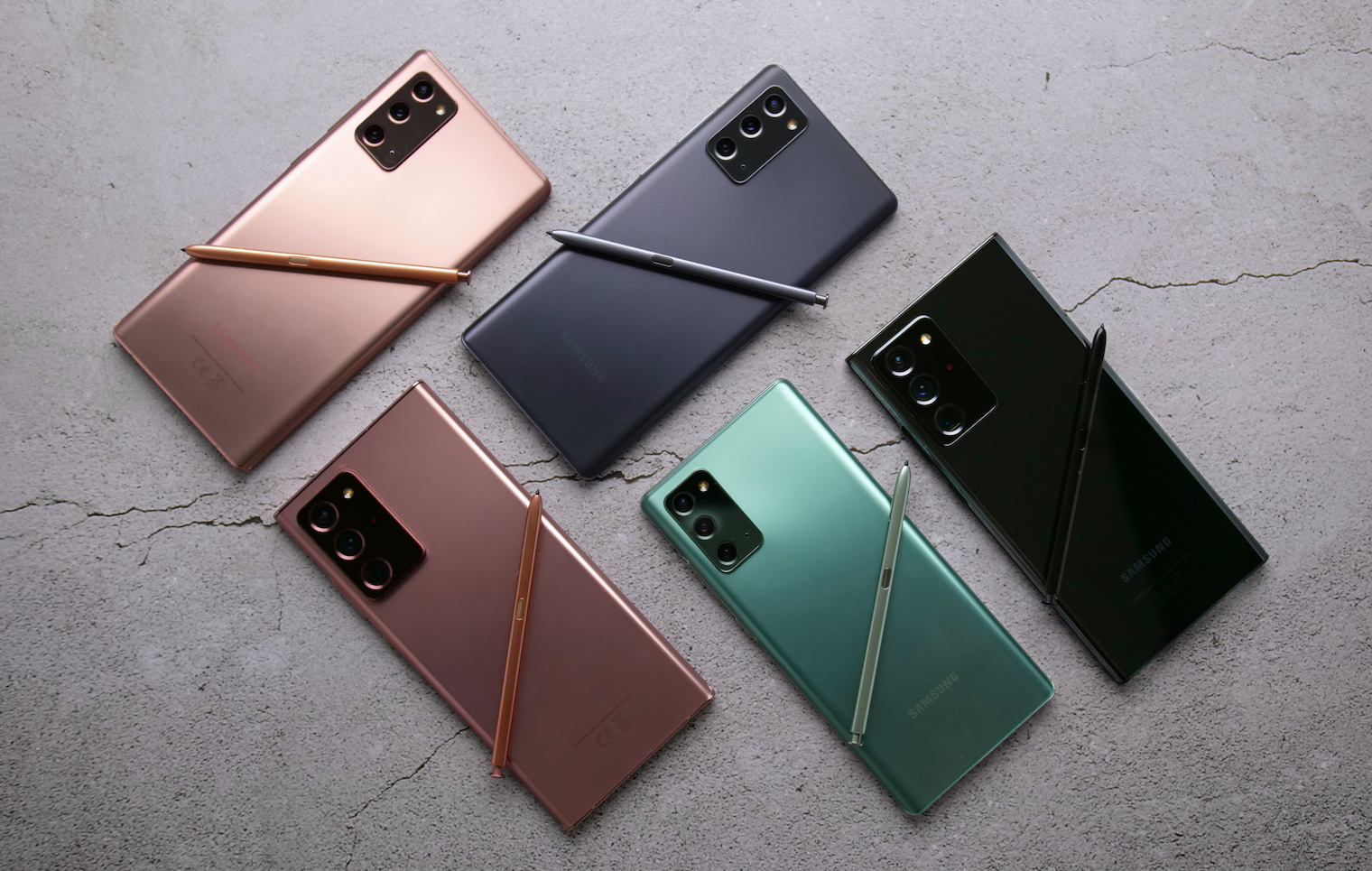
For models Galaxy S20 +, Galaxy S20 to Galaxy The S20 Ultra will automatically change its display refresh rate from 120Hz to 60Hz every time the smartphone's battery level drops below 5%. Furthermore, the drop in refresh rate of the display can occur when the internal temperature of the hardware reaches a certain level. The goal of the automatic drop is to minimize battery consumption, or prevent the smartphone from overheating. But how is it with Samsung? Galaxy Note 20 Ultra?
According to the latest reports, once the user sets the refresh rate to 120Hz on the mentioned model, the phone will not automatically downgrade to 60Hz, even based on the conditions mentioned in the paragraph above regarding the models of the product line Galaxy With 20. The refresh rate of the display must be set by the user at Samsung Galaxy 20 Ultra to do it yourself, or it will happen automatically when the phone's temperature reaches a certain level. At the same time, a number of things indicate that you Galaxy 20 Ultra can deal with higher temperatures much better than the models of the product line Galaxy S20. Tests have shown that while Galaxy The S20 Ultra will switch to a 60Hz refresh rate after reaching a temperature of 40°C, Galaxy The Note 20 Ultra runs at a frequency of 120Hz until reaching a temperature of 43°C, sometimes a little higher.

